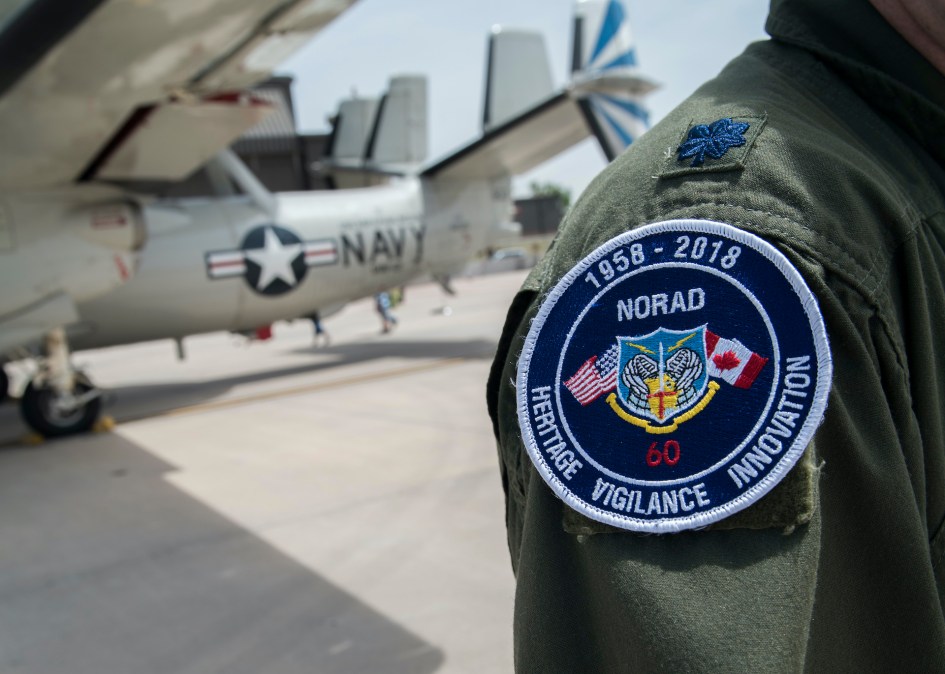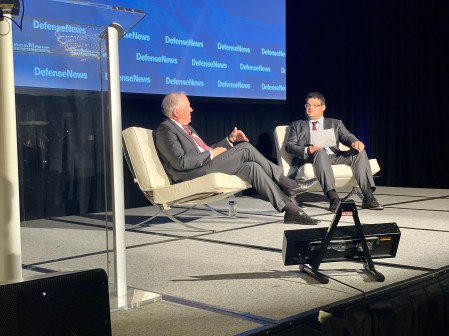Northern Command undertakes new JADC2 tests to transition tech

Military commands charged with defending the U.S. and North America from attacks will conduct tests starting Thursday to implement new artificial intelligence technology into their decision-making processes.
The test events are a critical part of rolling out the military’s AI developments, the commanding general of U.S. Northern Command and North American Aerospace Defense Command (NORAD) said during congressional testimony this week. They will focus on fusing data from across sensor networks and improving decision making with data, a critical part of detecting incoming missiles and other threats in line with the military’s move to Joint All Domain Command and Control (JADC2).
NORTHCOM will host nine other combatant commands to integrate systems across different parts of the military over the five-day test event.
“We are conducting these experiments to bring everyone together,” Gen. Glen VanHerck told the Senate Armed Services Committee during the hearing. Building joint operations — where multiple services and parts of the military work in unison — is a top priority of the command.
Three “decision aid” technologies will be tested during what the command is calling Global Information Dominance Exercise (GIDE) events. VanHerck told senators that information overmatch is critical to the work of NORAD and NORTHCOM to detect and deter threats to the continent — capabilities that AI and machine learning projects could further boost.
“We must go down that path,” he said of implementing AI into decision making and data fusing, VanHerck said.
The threat detection mission has made fertile proving ground for JADC2, the new way the military wants to operate with Internet of Thing-like capabilities.
This is the second GIDE test event. The command will focus on transitioning tested technologies to users who will be able to use it in the long run. The command has already integrated some JADC2-related capabilities, like tools that give broader communications abilities to troops in the field and can monitor their positions. The new tech has also been used in Northern Command’s response to the coronavirus pandemic.






